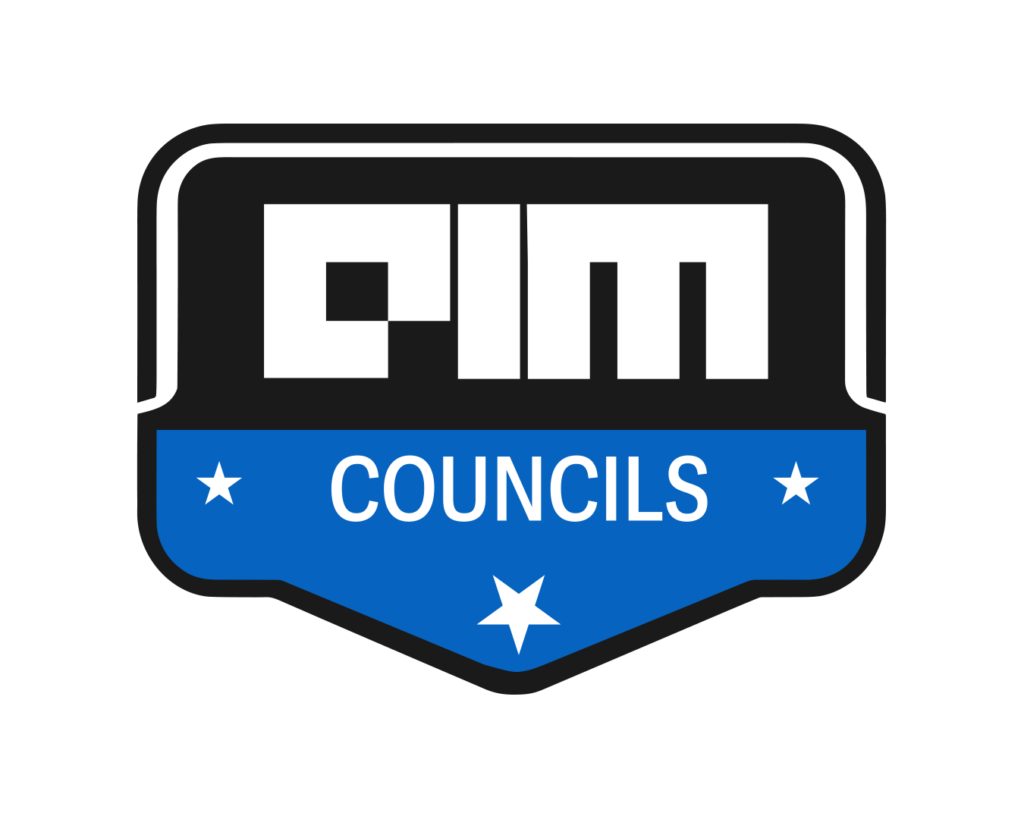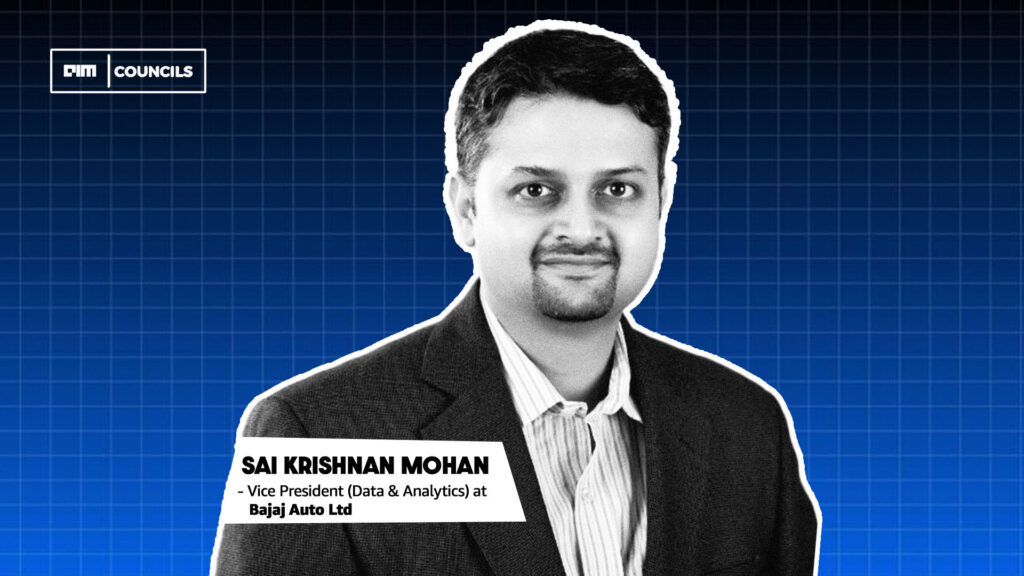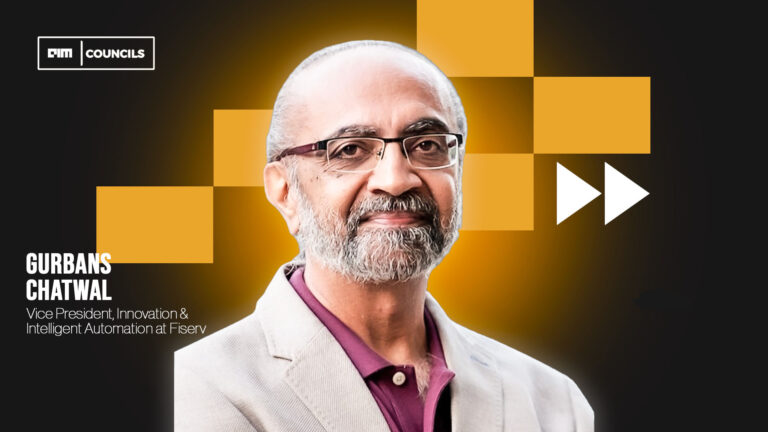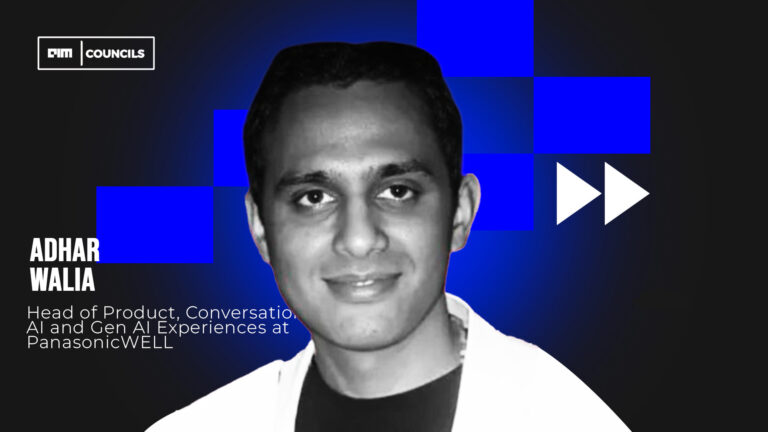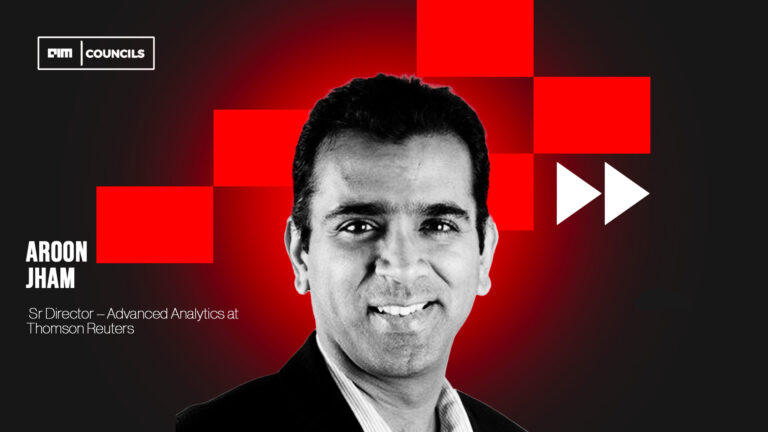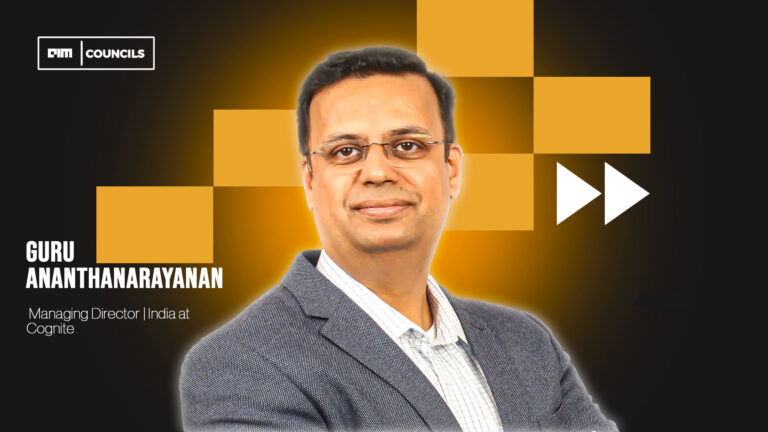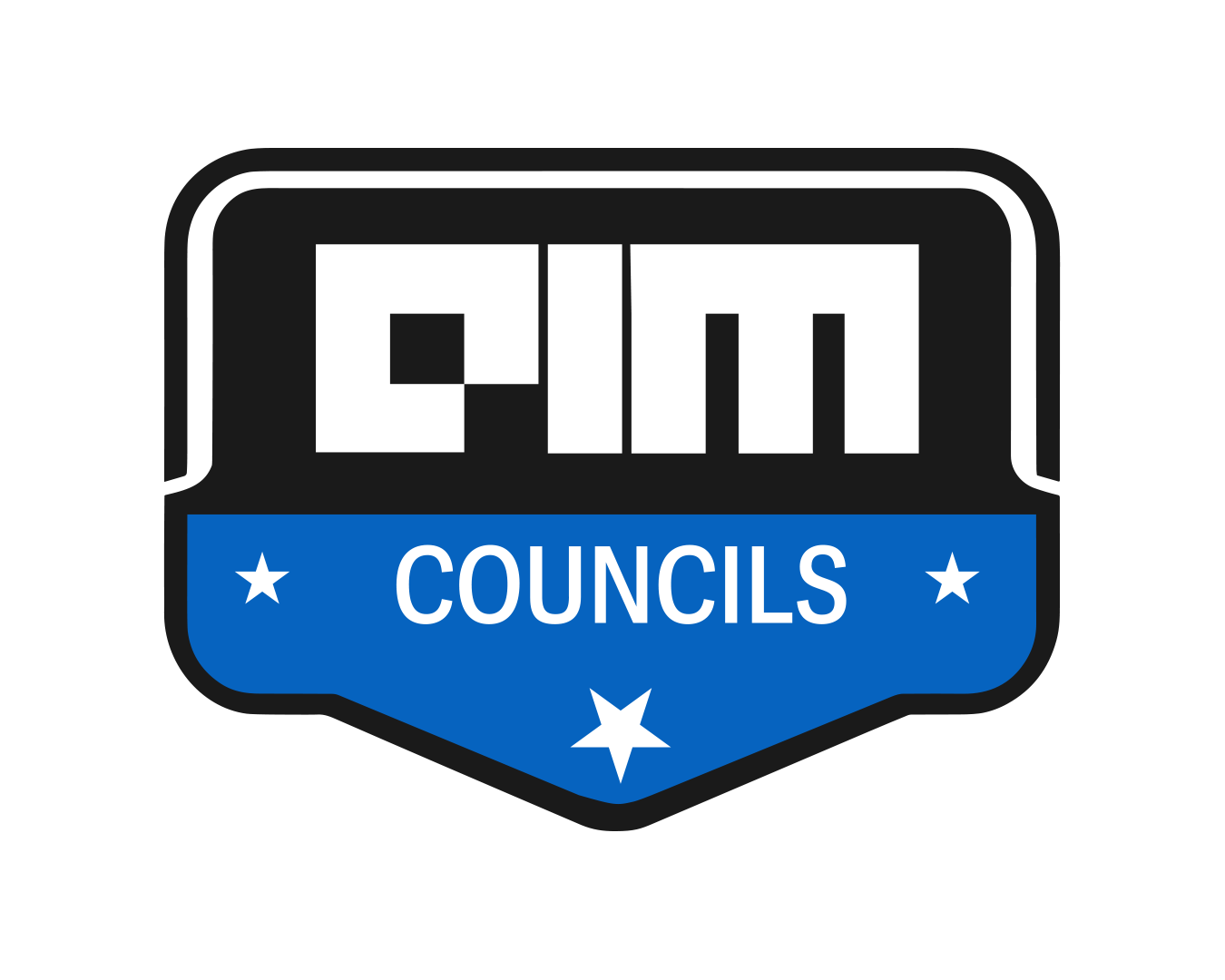We are in the middle of an AI evolution. It is changing how we work and what it means to be skilled and qualified for roles. Generative AI, with its ability to write code, create marketing campaigns, converse with humans and even compose audio and video content, is transforming industries and redefining the very nature of work. While many companies are focused on using AI for task automation, the potential of AI lies in its ability to augment human capabilities and create more fulfilling and productive work experiences.
This new era demands a fresh perspective on talent management. While in the pursuit of productivity, it may be tempting to ask “How can AI replace humans at work?”. However, addressing the question “How can AI augment human capabilities?” can help create a more sustainable future for the human workforce. This needs us to address how to utilize AI to further unlock human potential, nurture creativity, and build more fulfilling experiences for people.
The People Capability Maturity Model (PCMM) guides companies to improve their workforce – which translates to developing their persona, skills and competencies required for work. The PCMM standard is positively related to organization competitiveness, benefits HR Management systems and contains a 5-level maturity model which covers the following: –
- Level 1: The initial level wherein standard operating procedures for work may not exist and work is driven by individual accomplishments and the organizational focus is on process standardization.
- Level 2: The people managed level wherein people management practices are developed and practices developed based on competencies. At this level, the focus is on establishing a culture at the unit level for ensuring that people are able to meet work.
- Level 3: The competency managed level wherein competencies required for work are identified, developed and measured. In this level, the focus is on maintaining and periodically assessing knowledge, skills, and process capabilities required to develop workforce competency.
- Level 4: The predictable level where the organization is able to quantify process capabilities and outcomes. The focus is on managing process capabilities along with workforce competencies.
- Level 5: The optimizing level where the organization is focused on continuous capability improvement and workforce innovation.
There was a lot of emphasis on achieving PCMM certification amongst software majors in the early 2000s and PCMM certifications were highly valued during this time.
Given advancements in work practices with Generative AI, it is important to evolve the PCMM standard to address the unique challenges and opportunities presented by these technologies. The evolution of AI impacts the following areas, which could be addressed through PCMM with the spirit of people development:-
- Talent Development and Reskilling: AI can do a lot of things and people need to learn new skills to work best with it. Understanding how AI makes decisions, how to give AI instructions (called “prompt engineering”), and how to use AI ethically and safely. The PCMM standard could guide companies to teach these new skills to their employees. It can include practices to identify AI-related skill gaps, implement targeted reskilling/upskilling programs, and develop a culture of continuous learning to adapt to AI advancements.
- Workforce Planning: AI changes the types of jobs we need. Some jobs might not be necessary anymore, while new jobs will develop, like people who make sure AI is used fairly or those who specialize in working with AI. The PCMM could guide companies in planning for these changes and making sure they have the right people with the right skills.
- Performance Management: How do you measure a person’s performance when they’re working with AI? It is not about their individual quality & productivity anymore. The PCMM could guide companies to measure things like how well people work with AI, how they use AI to come up with new ideas, and how quickly they can adapt to new AI tools.
- Ethical and Responsible AI Practices: AI can be a helpful tool. Yet it can also raise ethical concerns such as bias, misuse, and accountability in AI-driven decisions. The PCMM could include guidelines for embedding ethical AI principles into workforce policies, ensuring employees are equipped to recognize and eliminate risks associated with AI.
- Career Pathways in an AI-Augmented Workplace: As AI becomes more common in the workplace, traditional career paths (even for data science professionals) may not be feasible anymore. PCMM could be enhanced to define new career pathways that combine human expertise with AI capabilities, emphasizing roles like AI trainers, auditors, and supervisors of AI systems.
- Change Management and Adoption: Adopting generative AI often requires cultural shifts and changes in how work is performed. The PCMM could guide companies manage this change, build trust in AI, and encourage everyone to work together, humans and AI alike.
- Compensation and Recognition: As AI becomes more integrated into the workplace, compensation models need to adapt. Employees who effectively leverage AI should be rewarded accordingly. This might involve rethinking traditional salary structures and exploring new forms of compensation.
- AI-Augmented Leadership: Leading in the age of AI requires new skills and mindsets. Leaders need to be comfortable with data, understand the ethical implications of AI, and foster collaboration between humans and machines. The PCMM could be enhanced to provide guidance and training for leaders on effectively managing human-AI teams.
To fully integrate these principles, the PCMM needs focused enhancements across the maturity model (potential enhancements shown in Figure 1 below).
Figure 1: Potential PCMM areas for enhancement
Potential enhancements (Figure 1) to the PCMM include:
- Initial (Level 1): This is the starting point, characterized by chaotic work execution. Processes are inconsistent, and there’s no clear plan for developing employees. Even at this early stage, AI can help by automating basic tasks like scheduling, communication, and repeatable data inputs, freeing up time for employees to focus on more important work.
- Managed (Level 2): In this tier, companies start to establish basic workforce practices. They create job descriptions, conduct performance reviews, and provide some training. Companies need to integrate AI tools into the work environment, provide training on AI literacy and ethical AI use, and update performance metrics to reflect AI-augmented skills.
- Defined (Level 3): Here, companies start to take more strategic approaches. They align workforce practices with their business goals, define clear competency frameworks, and establish career development paths. At this level, companies need to redefine competency frameworks to include AI-specific skills, design career paths that incorporate AI-augmented roles (like “AI Specialist” or “AI Ethicist”), and align workforce planning with AI-driven transformation initiatives.
- Predictable (Level 4): Upon reaching this stage, companies use data to measure and improve workforce performance. They track key metrics, identify areas for improvement, and make data-driven decisions about talent management. For this, companies can use AI-driven analytics to predict skill gaps and future workforce needs, enabling proactive talent management. They can also implement AI-powered tools for workforce analytics, such as predicting employee satisfaction, productivity, and retention risks.
- Optimizing (Level 5): This is the highest level of maturity, where companies focus on continuous improvement and innovation. They constantly evaluate and refine their workforce practices, embrace new technologies, and foster a culture of learning and growth. Here, companies can leverage Generative AI to identify innovative workforce practices and foster a culture of ethical experimentation and innovation. This might involve using AI to personalize learning programs, identify new talent pools, or even predict the impact of new AI technologies on the workforce.
Enhancements to PCMM can guide companies to stay agile and competitive while also helping their employees succeed alongside AI technologies. By addressing the enhancements suggested herein, PCMM can continue to guide companies on how to build a workforce that thrives in the AI era.
Disclaimer: The opinions expressed herein are in the author’s personal capacity and may not necessarily reflect the views of their employers or associates.
